The pelvic floor muscles may be the most important muscles you never target with a workout. Like a trampoline that sits at the base of your pelvis, these muscles contribute to overall core strength and hold several organs in place – including the bladder, bowel and, for some, the vagina and uterus – ensuring they work properly.
Yet, many people do not even know these muscles exist, says Dr Amy Park, the head of female pelvic medicine at the Cleveland Clinic – at least, not until they stop working properly. “There’s a general lack of awareness about the pelvic area,” Park says. “I educate women multiple times a day about the fact that we have pelvic floor muscles.”
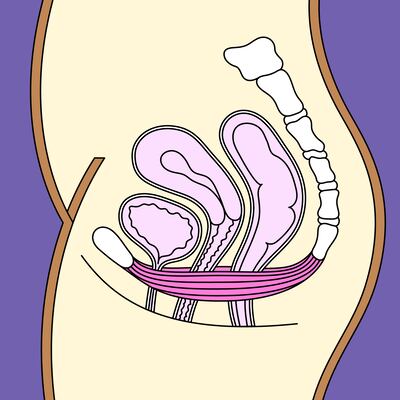
They may not be visible like triceps or quads, she says, but they are vital for everything from basic bathroom functions to sexual health to sitting and standing – and they benefit from a fitness programme.
The pelvic floor is “just as important in your daily life as your Achilles is for running because we use it for everything,” says Liz Miracle, the head of clinical quality and education at the pelvic floor physical therapy provider Origin.
Hyrox, the soaring fitness trend: ‘You meet so many different people, all shapes, all sizes’
The Last of Us review: Prepare to be shocked by this compelling new season
Finneas in Dublin review: Without his sister Billie Eilish, O’Connell shows his worth with a fun, high-quality gig
My grandfather died by suicide. I work in the same Irish university where he taught history
[ How pelvis health may help with endometriosisOpens in new window ]
Historically, talking about this region of the body, even with one’s physician, has felt off-limits to many. This prudishness has led to years of unnecessary suffering, says Evelyn Hecht, a pelvic floor physical therapist who began practising in the 1990s: Many conditions could be treated or avoided entirely if women felt freer to discuss their symptoms, or if the public were better informed about the pelvic floor.
When our pelvic floor is strong and flexible, the muscles work together – or “co-contract” – with the core muscles to let us live our daily lives with ease and stay active as we age, says Hecht. The pelvic floor helps with balance and mobility during sports and exercise, too.
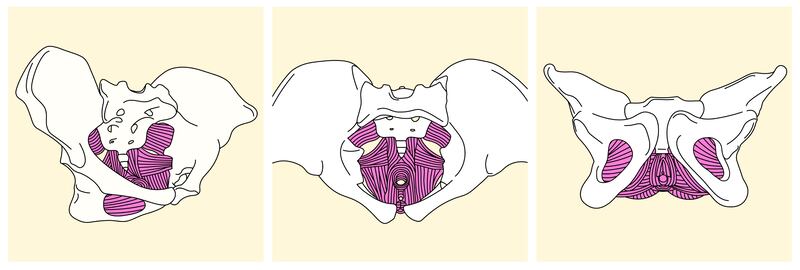
Pelvic floor problems can be caused or exacerbated by anything that puts pressure on the muscles over time, leading them to tear or weaken – that includes running, dancing, chronic constipation or even regular coughing, pregnancy and childbirth. Injuries can also arise when the muscles become too tight, which can be caused by regularly “holding it in” when you feel the urge to go to the bathroom, by overtraining the core or even by long-term stress and anxiety. (When stressed, many people reflexively clench these muscles.)
Recently, pelvic floor specialists have reported an uptick in disorders resulting from tight pelvic muscles – a trend they’ve called pandemic pelvis since the most common cause appears to be stress combined with too much sitting.
But pelvic floor problems aren’t inevitable. Many pelvic issues can be prevented or mitigated by regularly stretching and strengthening these muscles. Most of us could benefit from “a personal trainer for our pelvic floor,” says Dr Lauren Streicher, medical director of Northwestern University’s Center for Sexual Medicine and Menopause.
Miracle, a physical therapist and a kind of personal trainer for the pelvis, recommended that all women who aren’t currently suffering from a pelvic floor disorder or injury incorporate six foundational exercises into their fitness routine, aiming to do them at least three times a week.
1) Diaphragmatic breathing

Learning how to move the diaphragm is key to connecting with, and then conditioning, your pelvic floor muscles.
– Sit in a chair with your feet flat on the ground. Place one hand on your belly and one hand on your chest.
– Inhale and feel your belly expand, then exhale slowly through your mouth. (Imagine a balloon in your belly: As you inhale, the balloon fills with air; as you exhale, the air slowly releases, as if your thumb were covering the opening and gradually letting it seep out.) Repeat 10 times.
2) Pelvic floor lengthening exercise
Relaxing and lengthening the pelvic floor muscles, so they are capable of a full range of motion, is especially important for basic functions like using the bathroom without strain (think: avoiding constipation) and having penetrative sex without pain.
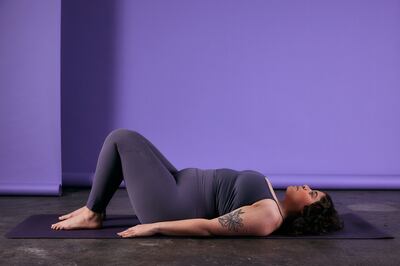
- Lie comfortably on your back with your knees bent and your feet flat on the ground.
- Start with diaphragmatic breathing, inhaling deeply and allowing air to fill the bottom of your lungs. Feel your lower belly, lower back and pelvic floor gently stretch – or lengthen – outward with your breath.
- Exhale slowly through pursed lips, allowing your belly, back and pelvic floor to passively relax. Do not engage any muscles during the exhale; keep your pelvic floor fully rested. Imagine the aforementioned balloon expanding 360 degrees in all directions on the inhale. One of those directions is downward between your legs and toward the perineum (the area between the vagina and anus). As the belly rises passively, the perineum will also balloon down and out passively. Repeat 10 times.
3) Seated kegels
While the previous exercise helps us relax the pelvic floor muscles, Kegels train us to contract them. This exercise helps us hold in urine, stool or gas when we feel the urge to use the bathroom and also works to build endurance in the pelvic floor muscles, so they’re able to hold up our organs and balance out pressure put on the abdomen throughout the day.
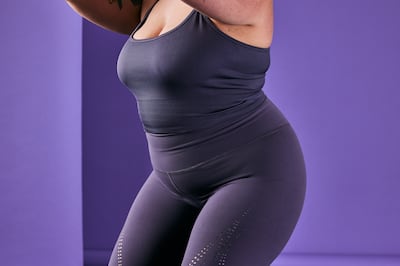
- Sit upright, your feet flat on the ground.
- Inhale through your nose, relaxing your pelvic floor as your belly and rib cage expand.
- As you exhale, squeeze and lift your pelvic floor muscles, holding the contraction throughout your exhale. Aim to hold for 10 seconds. It may help to imagine squeezing the muscles that stop the flow of urine in the front and hold back gas in the back – or to imagine these muscles picking up a marble and holding it inside. Engage the muscles inside your body, as opposed to simply squeezing your thighs or buttocks together.
- Fully relax for four to 10 seconds – or longer, if you need it. The release is important, since contracting the muscles without fully releasing can make them overly tight and restrict their range of motion. Complete three sets of 10 reps.
4) Quick flicks
This exercise builds on Kegels by training the pelvic floor muscles to contract quickly – a skill that allows them to respond effectively to sudden, automatic bodily functions that create pressure inside the abdomen, such as coughing, sneezing or laughing. (It can also help to prevent incontinence, or “leaking,” in the face of this pressure.)
- Sit upright, your feet flat on the ground.
- Repeatedly contract and release the muscles that stop the flow of urine, aiming for at least seven squeezes over 10 seconds. Complete at least 30 squeeze-and-releases.
5) The knack with a ‘shhh’ sound
While quick flicks train the pelvic floor muscles to respond quickly to the bodily functions that put pressure on the abdomen, this exercise helps build strength and endurance in the face of this pressure.
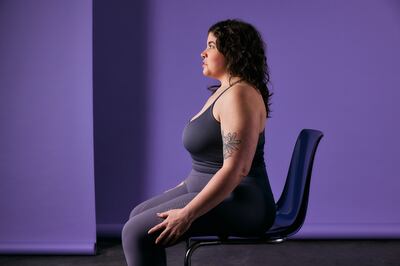
- Sit upright, your feet flat on the ground.
- Inhale through your nose, relaxing your pelvic floor as your rib cage and belly expand.
- As you begin to exhale, squeeze and lift your pelvic floor muscles, then make a quick, forceful “shh” sound from your mouth while maintaining the hold.
- From there, exhale fully and slowly through pursed lips, allowing your belly, back and pelvic floor to passively recoil. Complete three sets of 10 reps.
6) Belly lifts
This exercise targets your transverse abdominis muscles, which sit in the lower abdomen and support the core. These muscles work with the pelvic floor muscles to help you with sitting, standing and doing any workout that requires balance or stability.

- Start on your hands and knees, with your hands under shoulders and knees under hips. Focus your gaze between your hands.
- Inhale, filling your belly with air and relaxing it toward the ground.
- Exhale and pull your belly button in toward your spine. This should activate your transverse abdominal muscles. Keep your back flat throughout the movement. (Imagine your belly is again full of air, like a balloon – now squeeze the air out of your balloon using your ab muscles, tightening them to your spine.) Repeat 10 times. – This article originally appeared in the New York Times













